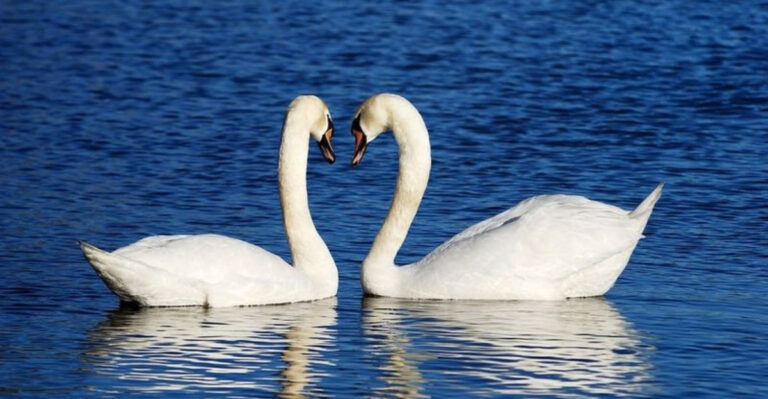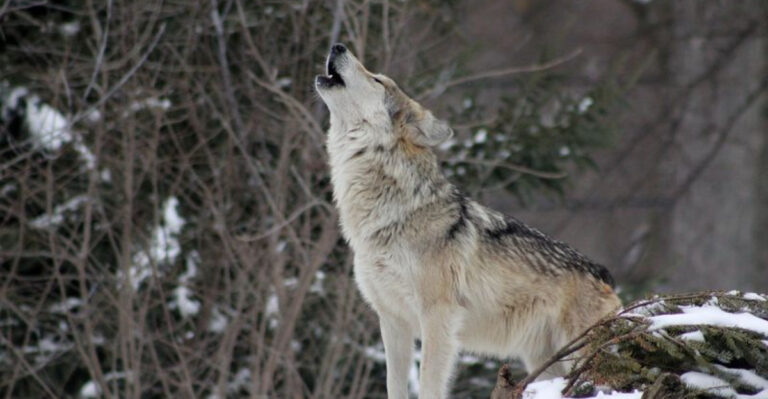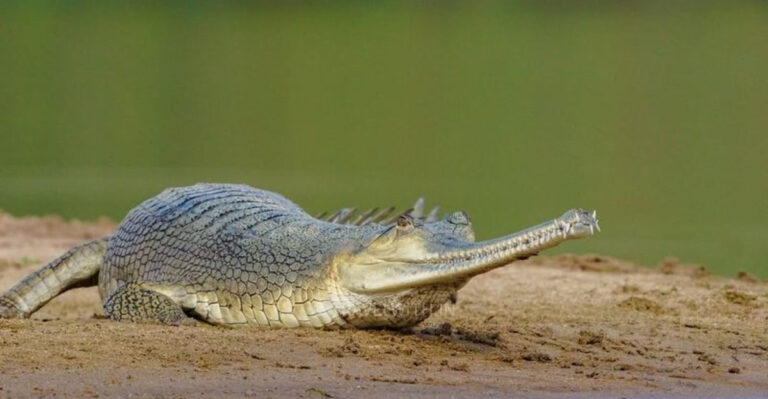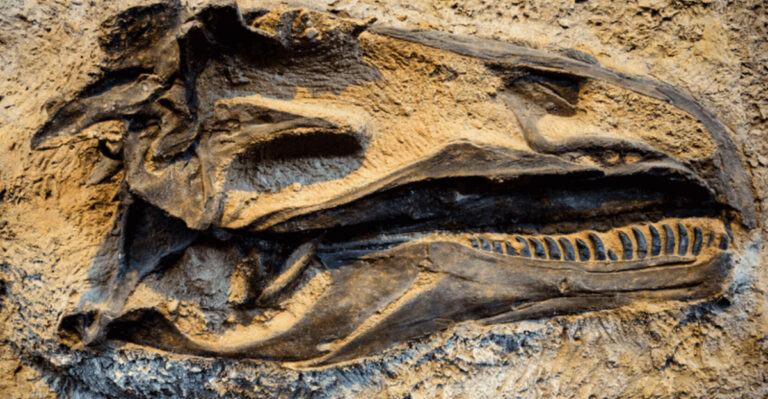World’s Largest Great White Shark Heading Toward Popular U.S. Tourist Spot

A massive great white shark named Contender is making waves as it swims toward a popular U.S. vacation destination.
At 14 feet long, this behemoth is the largest great white ever tagged by researchers in the Atlantic Ocean.
First spotted off the Florida-Georgia coast in January, Contender’s movements are now being tracked by OCEARCH, a marine research organization that monitors large sea creatures.
1. Meet Contender: The Ocean’s New Celebrity

Measuring a whopping 14 feet in length, Contender has claimed the title of the largest great white shark ever documented in the Atlantic Ocean. Scientists believe this magnificent creature could be around 50 years old, based on its impressive size and distinctive markings.
Marine biologists are particularly excited about this discovery because sharks of this magnitude are extremely rare in Atlantic waters. Most super-sized great whites are typically found near Australia or South Africa.
Contender’s massive proportions offer researchers an unprecedented opportunity to study these apex predators at their maximum growth potential.
2. Tracking A Marine Giant’s Journey
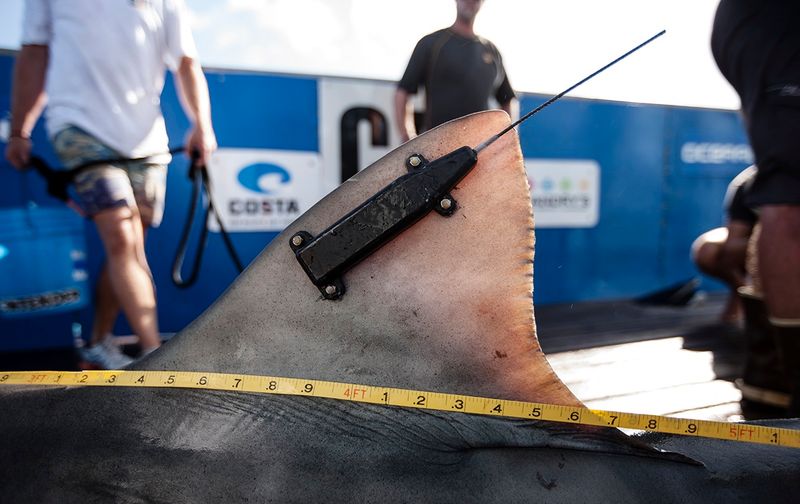
OCEARCH fitted Contender with a sophisticated satellite tag during their January expedition off Jacksonville. Every time the shark’s dorsal fin breaks the water’s surface, the tag pings satellites overhead, revealing its exact location to scientists.
This real-time tracking technology allows researchers to map migration patterns with unprecedented accuracy. The data collected helps create a comprehensive picture of how these apex predators navigate ocean highways.
Anyone can follow Contender’s journey through OCEARCH’s public tracking website, making this massive shark’s movements accessible to curious ocean enthusiasts worldwide.
3. Beachgoers On Alert As Shark Approaches

Local authorities have implemented heightened safety protocols as Contender moves closer to populated shorelines. Beach patrols have doubled in frequency, and lifeguards are equipped with drone technology to spot any large marine visitors.
Swimming restrictions may be enforced in certain areas if the shark comes within a designated safety perimeter. Officials emphasize these measures are precautionary rather than cause for panic.
Marine safety experts recommend beachgoers stay informed through local advisories and always swim in groups during daylight hours. The presence of such a magnificent predator is actually quite rare and represents a healthy ecosystem.
4. Why This Tourist Hotspot Is Attracting Contender

Rich feeding grounds near this popular vacation destination are likely drawing Contender to the area. The coastal waters boast abundant seal populations and schools of fish – a perfect buffet for a hungry great white.
Water temperatures have risen earlier than usual this year, creating ideal conditions for both prey species and their predators. Ocean currents in the region also concentrate nutrients, supporting a thriving marine food web.
Scientists note that sharks don’t deliberately seek out human encounters – they’re simply following their food. This natural behavior pattern explains why Contender appears to be headed straight for this bustling tourist area.
5. The Science Behind Shark Tracking Technology
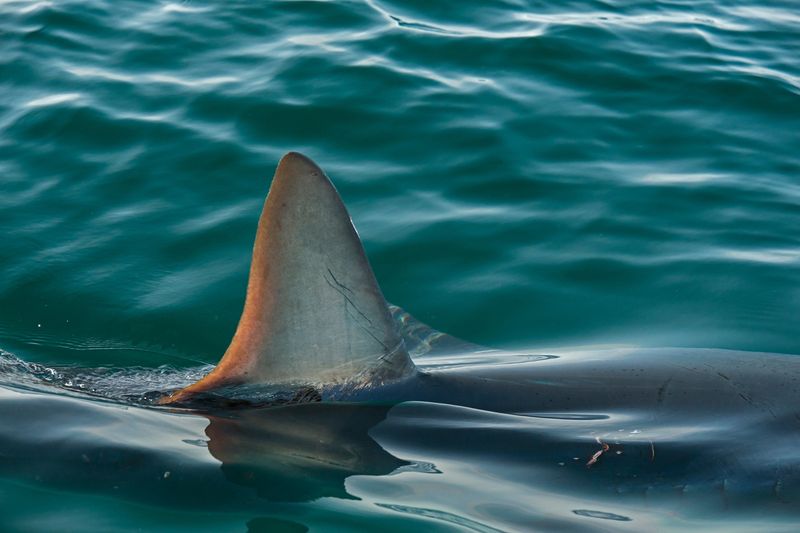
Contender’s movements are monitored using a SPOT tag (Smart Position and Temperature Tag) – cutting-edge technology that combines GPS positioning with depth and temperature sensors. The battery-powered device activates whenever the shark’s fin breaks the surface, sending data to orbiting satellites.
This information creates a three-dimensional picture of the shark’s behavior, revealing not just location but diving patterns and temperature preferences. Researchers can analyze this data to understand feeding strategies and breeding habits.
The tags are carefully designed to eventually detach without harming the animal, typically lasting 3-5 years before falling off naturally.
6. Surprising Facts About Great White Sharks
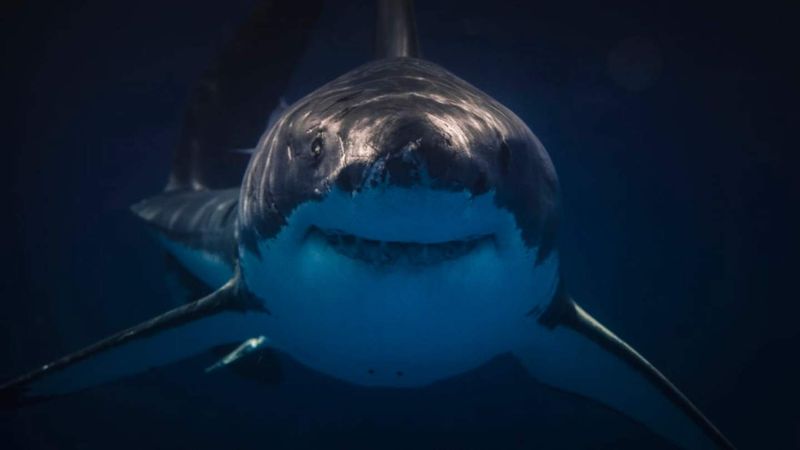
Great whites like Contender can detect a single drop of blood in 25 gallons of water – but contrary to popular belief, they’re not particularly interested in humans as prey. These incredible hunters can reach speeds of 35 mph when chasing prey, using powerful tail propulsion.
Female great whites typically outgrow males, with the largest specimens reaching up to 20 feet in length. Their famous jaws contain several rows of serrated teeth that continuously regenerate throughout their lifetime.
Perhaps most fascinating is their ability to regulate body temperature – a rare trait among fish that allows them to hunt in both warm and cold waters.
7. Economic Impact Of Shark Tourism
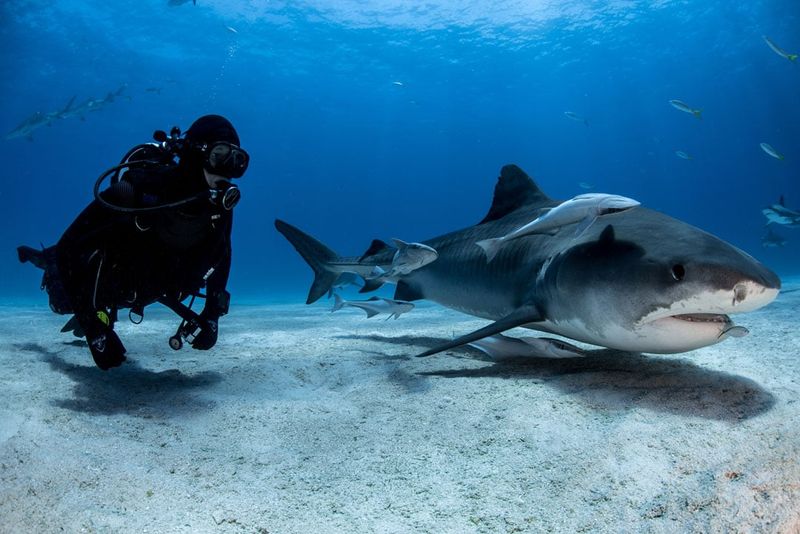
Believe it or not, Contender’s presence could actually boost the local economy. Shark tourism generates over $300 million annually worldwide, with enthusiasts paying premium prices for cage diving and boat tours to spot these magnificent creatures.
Local tour operators are already creating special “Contender Watching” packages in anticipation of the shark’s arrival. Hotels report increased booking inquiries from wildlife photographers and marine biology enthusiasts eager to catch a glimpse of the record-breaking predator.
Souvenir shops are stocking up on Contender-themed merchandise, from t-shirts to coffee mugs featuring the famous fish.
8. Safety Measures For Ocean Activities

Marine safety experts recommend several precautions for those enjoying the ocean while Contender is in the area. Avoid swimming at dawn or dusk when sharks are most active. Shiny jewelry can resemble fish scales underwater, so leave those accessories at the hotel.
Staying in groups reduces risk, as sharks rarely approach clusters of people. Bright, contrasting swimwear makes swimmers more visible to lifeguards monitoring from shore.
Most importantly, respect any beach closures or warnings – they’re implemented for public safety. Remember that shark attacks remain extremely rare events, with fewer than 10 fatalities worldwide annually.
9. Conservation Status Of Great White Sharks
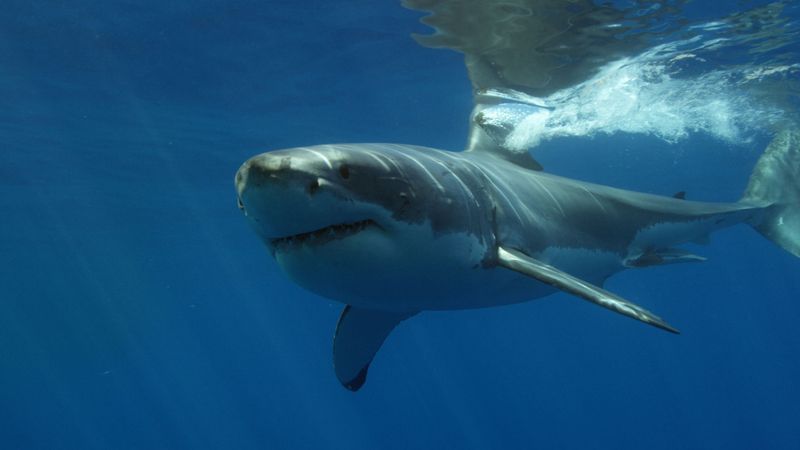
Great whites like Contender face significant survival challenges despite their fearsome reputation. These magnificent predators are classified as vulnerable on the International Union for Conservation of Nature Red List. Their populations have declined by over 70% in some regions due to commercial fishing, habitat degradation, and shark finning.
Slow reproduction rates make recovery difficult – females don’t reach sexual maturity until age 33 and produce relatively few pups. Protection laws now exist in many countries, but enforcement remains challenging in international waters.
Contender’s tracking data provides valuable information for conservation efforts aimed at preserving these essential ocean ecosystem regulators.
10. How Locals Are Responding To The News
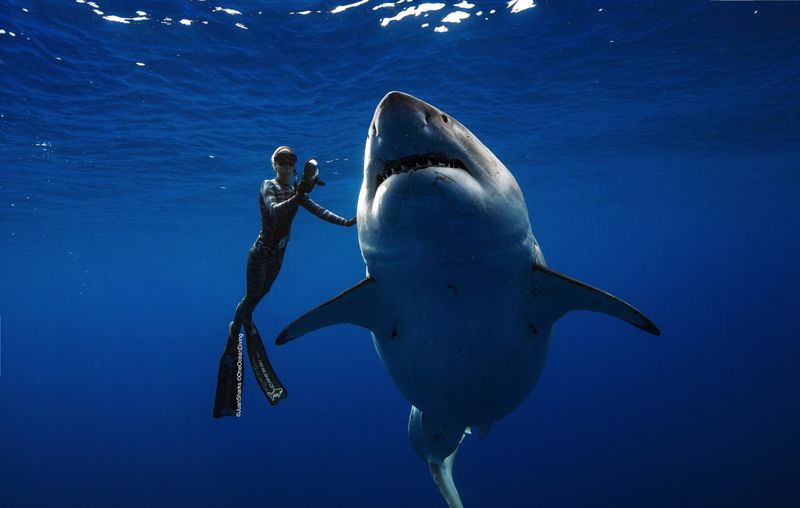
Community reactions to Contender’s approach have been surprisingly positive. Local fishermen report seeing healthier fish populations when apex predators are present, recognizing the ecological balance sharks help maintain.
School districts are using this as an educational opportunity, incorporating real-time tracking data into science lessons. Children are creating artwork and writing stories about Contender, developing appreciation rather than fear.
Some residents have organized beach cleanups to ensure the coastal environment remains healthy for all marine life. Town halls are hosting marine biologists for public information sessions, helping separate shark facts from Hollywood fiction.
11. The Role Of Great Whites In Marine Ecosystems

Contender plays a crucial role as an ocean ecosystem engineer. By controlling seal and sea lion populations, great whites prevent overgrazing of critical fish stocks and maintain marine biodiversity balance.
Their hunting patterns influence prey behavior, creating what scientists call a “landscape of fear” that prevents any single species from dominating. When great whites remove sick or weak animals, they strengthen prey population genetics.
Research shows that healthy shark populations correlate with more productive coral reefs and seagrass meadows. Far from being mindless killers, these apex predators are sophisticated ecological regulators whose presence indicates a thriving marine environment.
12. Previous Notable Shark Visitors To The Region

Contender isn’t the first famous shark to visit these waters. In 2019, a 16-foot female named Deep Blue made headlines when she appeared unexpectedly near Hawaii. Katharine, another tracked great white, became a social media sensation with her own Twitter account as she zigzagged along the Eastern Seaboard.
Mary Lee, a 3,500-pound mature female, gained celebrity status between 2012-2017 as her tracking pings revealed surprising coastal migrations. Locals still talk about Hilton, a male great white who spent an unusually long time in the area in 2018.
Each visiting shark has contributed valuable data to our understanding of these mysterious creatures.
13. What Scientists Hope To Learn From Contender
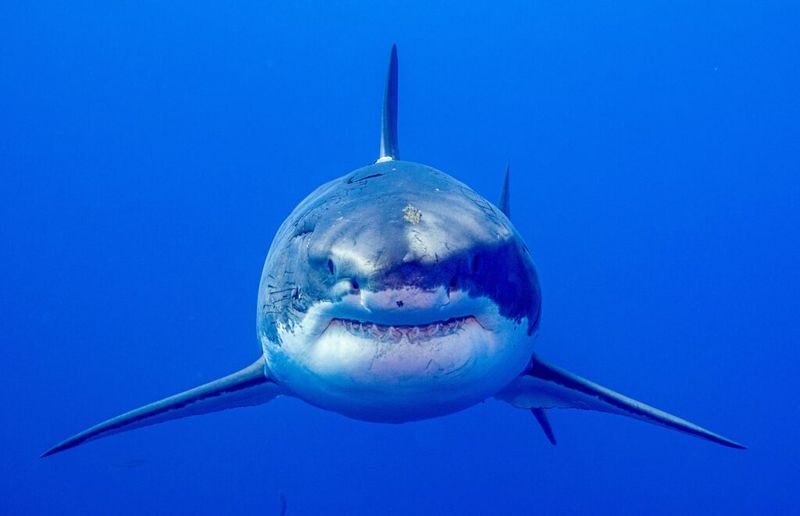
Researchers have a scientific wishlist for Contender’s visit. They hope to gather data on feeding frequency, hunting techniques, and depth preferences of mature great whites. This information could reveal previously unknown aspects of shark behavior.
Tissue samples collected during tagging may yield insights into mercury levels and other environmental contaminants affecting marine predators. DNA analysis might help determine Contender’s age with greater precision and identify its genetic lineage.
Most exciting for scientists is the potential to document mating behavior, one of the least understood aspects of great white reproduction. Every day this magnificent animal spends in monitored waters adds valuable pieces to the shark science puzzle.

